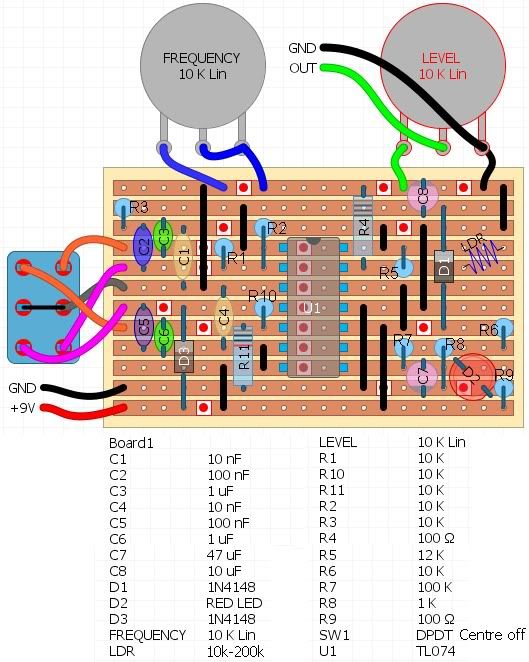Matador
Well-known member
I'm looking to build a self-contained, adjustable frequency, adjustable amplitude audio oscillator. I've done some searching on the forum and haven't come up with useful circuits (plenty of references to circuits that work, but nothing that looks like it has been built).
I did find a project on ESP that appears to do what I want:
http://sound.westhost.com/project22.htm
Has anyone built this circuit? It has an option for square wave using a Schmitt trigger but i'd also like to support triangle waves...it seems like this should be pretty simple by just running the square wave output through an integrator but thought I would open this up for suggestions.
I did find a project on ESP that appears to do what I want:
http://sound.westhost.com/project22.htm
Has anyone built this circuit? It has an option for square wave using a Schmitt trigger but i'd also like to support triangle waves...it seems like this should be pretty simple by just running the square wave output through an integrator but thought I would open this up for suggestions.




